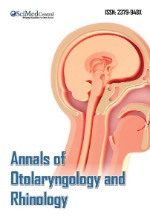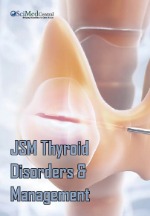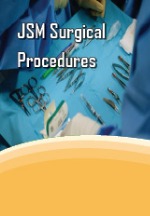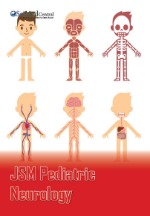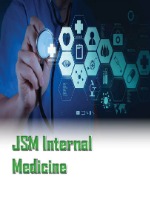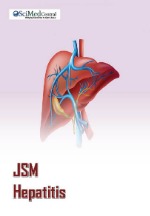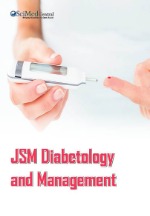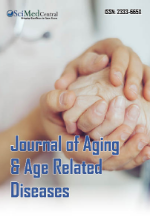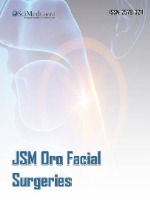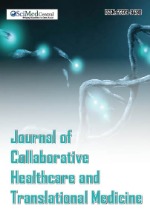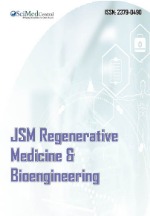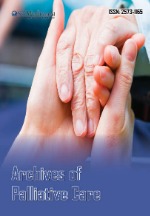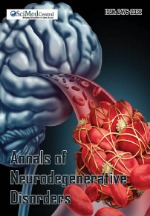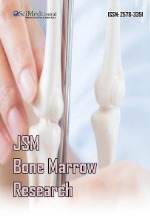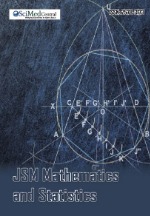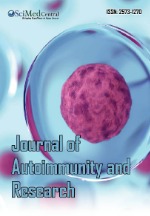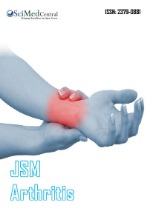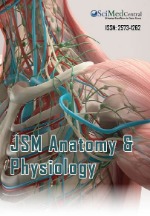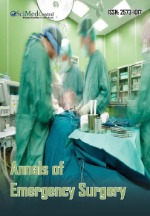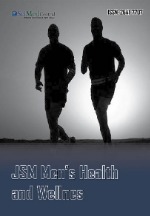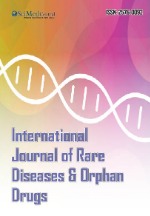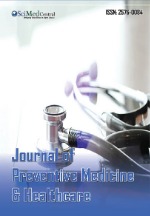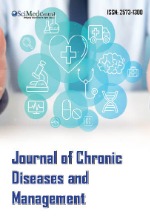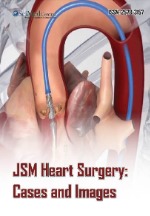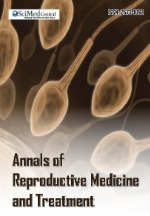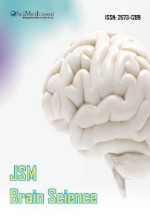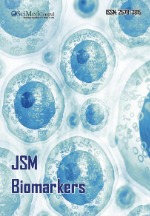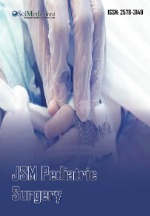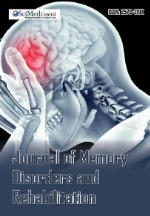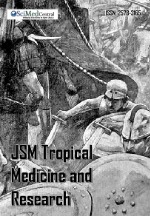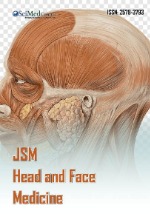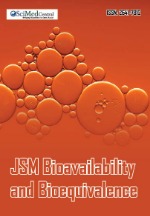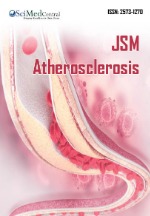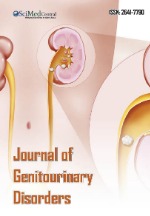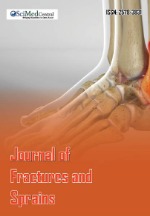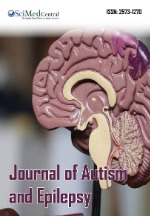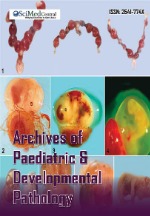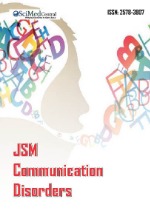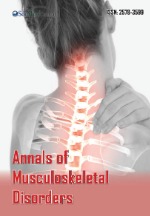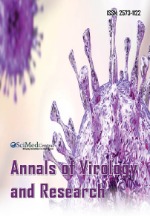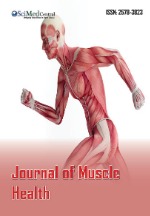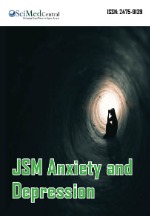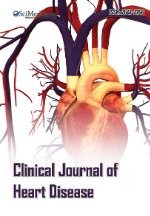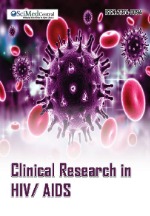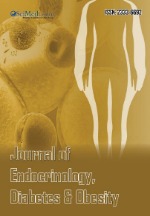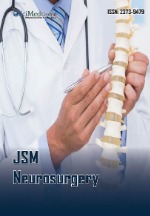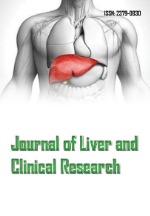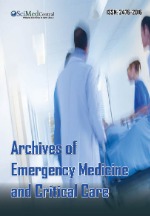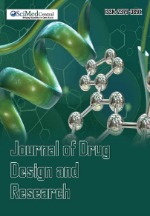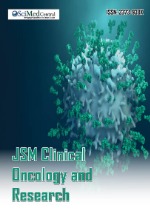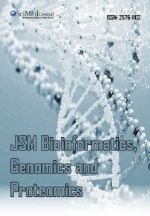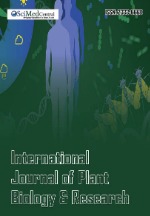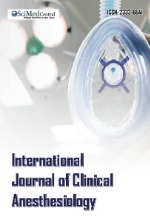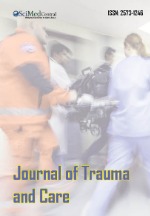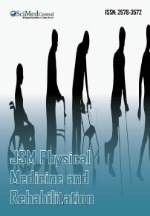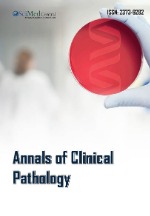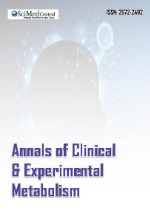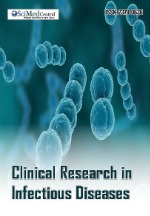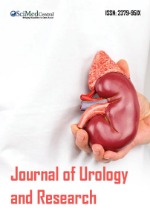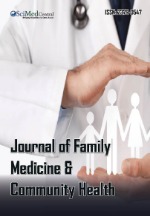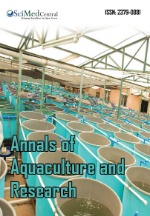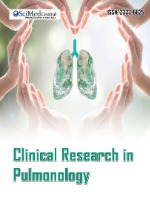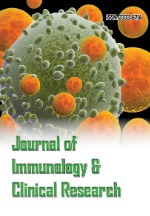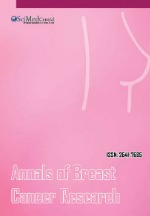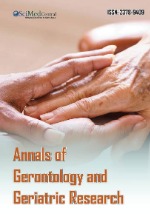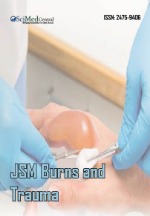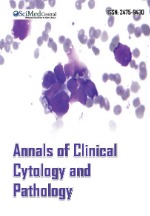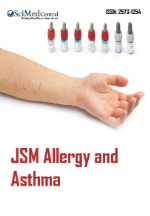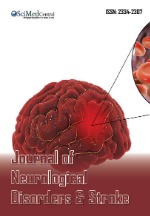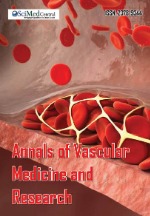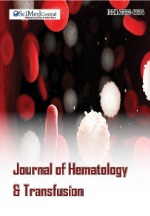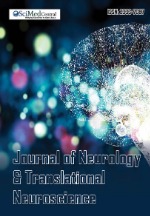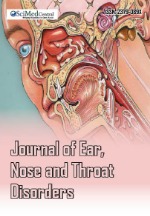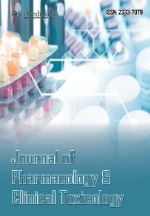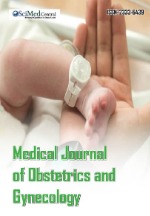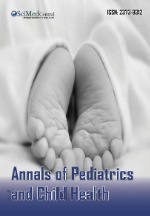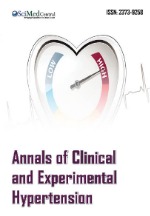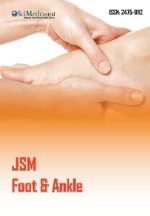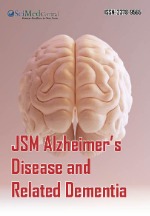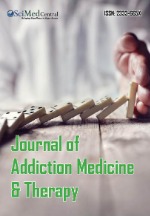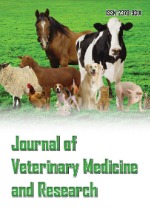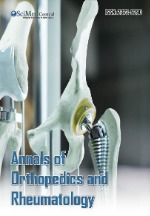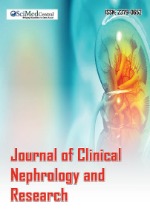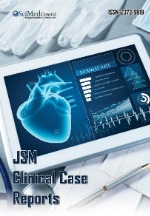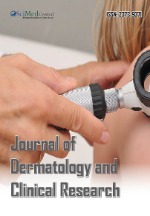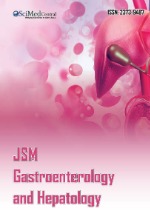Development of a Participatory Modeling Approach for the Rational Use of Antibiotics in a German One Health Region
- 1. University of Greifswald, Germany
Abstract
Introduction: The antimicrobial resistance of infectious pathogens is an original One Health problem. Mastering this complex and highly dynamic issue can no longer be solved by simple, locally applicable measures, but requires systems thinking and coordinated cooperation between the various levels of society and regional entities. However, an integrated regional approach has hardly been addressed in One Health research of antibiotic resistance so far.
Methods: The aim of this study was to analyse and visualize the cause-effect relationships of antibiotic resistance from the perspective of the One Health region of Western Pomerania in northeastern Germany. The participatory approach actively involves regional stakeholders in the data collection and modeling process through surveys, semi-structured interviews and an interactive workshop.
Results: As a result, a conceptual causal diagram for the rational use of antibiotics was developed as an example for the One Health region of Western Pomerania. In the modeling, two reinforcing loops and three balancing loops were constructed, which cover the areas of antibiotic management, public awareness, regional data management, meat consumption and environmental impact. In addition, there are cross-links between raising awareness, collaboration and antibiotic prescribing behavior.
Conclusion: The final causal loop diagram enables decision-makers to develop a deeper understanding of regional antibiotic and resistance management from a One Health perspective and subsequently identify appropriate leverage points for rational use of antibiotics.
Key Messages
- The spread of antibiotic resistance is considered a One Health problem that needs to be addressed with systems thinking due to its dynamic nature andcomplexity.
- The causal loop diagram underlines the regional approach that involves all regional stakeholders in the modelling and evaluation process.
- The study is proof that community involvement in research helps raise public awareness and break down barriers between scientists, the public and politicians. The modelling enables decision makers to develop a deeper understanding of regional antibiotic management from a One Health perspective.
KEYWORD
- Antibiotic resistance
- One Health region
- Causal loop diagram
- Systems thinking
CITATION
Huebner C, Flessa S, Goerig T, Huebner NO (2024) Development of a Participatory Modeling Approach for the Rational Use of Antibiotics in a German One Health Region. Ann Community Med Pract 9(2): 1062.
INTRODUCTION
The ubiquitous use of antibiotics in human and veterinary medicine, in agriculture and in aquaculture is leading to an increased spread and variability of antimicrobial multi- resistance. Mainly, this is a growing threat that limits the ability to effectively prevent and treat infections. However, it is also clear that the challenge posed by multi-resistant organisms goes beyond human health [1]. Of note, it is accompanied by inseparable interactions between human, animal and environmental health and closely linked is to agriculture and livestock farming [2]. The environment has long been a neglected dimension of antimicrobial resistance, but its influence as an important reservoir for naturally occurring antibiotic resistance as well as for its spread through environmental pollution is now recognized [3]. Accordingly, antimicrobial multi-resistance is rightly defined as an original One Health problem that is being recognized and addressed by the WHO [4,5]. The One Health concept takes into account the interdependence of human, animal and environmental health and provides a comprehensive framework for understanding and dealing with the complexity of antimicrobial resistance [6].
Mastering this complex and highly dynamic problem can no longer be solved by simple, locally applicable measures, but requires systems thinking and coordinated cooperation between different levels of society and regional entities [7]. For a stringent approach it is important to involve all key players in a region. This applies to healthcare, science, politics, administration, business, but also the population, from schoolchildren to pensioners. Such an integrated regional approach has hardly been addressed in One Health research so far. This is challenging because it has long been proven that regions enable us to implement the concept of network governance [1].
Methods and tools of complex systems thinking are already widely used in public health research [8-10]. A common approach is to make the problem more tangible for political decision-makers through visualization. Therefore, qualitative system mapping and in particular, causal loop diagrams have become established in this type of analytics [11]. Causal loop diagrams are well suited to reflect a diversity of perspectives. They describe feedback mechanisms as leverage points for strengthening systems and in the same way, they make it possible to identify starting points for interrupting or slowing down harmful feedback loops [12]. A transfer of this proven method to the topic of antimicrobial resistance and One Health research is easily possible, as some studies have already shown [13,14].
The aim of this study was to analyse and visualize the cause- effect relationships of antibiotic resistance from the perspective of the One Health region of Western Pomerania in northeastern Germany [15]. To our knowledge, this is the first research on the spread of antimicrobial resistance specifically related to a One Health region. For this purpose, a qualitative system mapping with the design of a causal loop diagram was applied. This included a participatory system dynamics approach that made it possible to actively involve regional stakeholders.
MATERIALS AND METHODS
Group model building is an established method to actively involve stakeholders in the model construction process, allowing them to gain a mutual understanding of complex cause-effect relationships [16,17]. In this analysis, primary data from group model building with regional stakeholders was used to create the causal loop diagram. [Figure 1] provides an overview of the different steps of the participatory approach,
Figure 1: Participatory modelling approach.
including data collection and the modelling process. The analysis started with identifying the relevant stakeholders and making initial contact with them [Step 1].
Data was collected through written survey and semi- structured interviews. Existing contacts from the regional MRE network KOMPASS e.V. as well as the event platform of the annual Greifswald Hygiene Day were used to gain better access to the identified groups and organizations [Step 2]. Additionally, selected stakeholders were invited to participate in an interactive workshop for joint discussion and model concept development [Step 3]. The aim was to ensure that particular groups of people with different perspectives on antimicrobial resistance were represented in the sample.
Based on the feedback data, a thematic analysis was conducted and the sampling frame for modeling was designed specifying different variables. Referring to the three One Health dimensions of human, animal and environmental health, interdependencies between variables were mapped, resulting in the causal loop model [Step 4]. Here, the individual variables are connected by arrows representing causal relationships. The arrows are assigned plus (+) or minus (-) polarities to indicate the type of relationship, i.e., whether they reinforce or diminish each other [18]. Small parallel lines can be added to the arrows as lag markers to represent connections with time lags. The variables are arranged in several loops forming circles of cause and effect. The number of positive and negative loops in a loop determines its behavior [12,18]. Positive loops (reinforcing loops, with only positive arrows or an even number of negative arrows) reinforce a process so that a change in any element continues to act in the same direction. They have the potential to create exponential growth in a system. In contrast, negative loops (balancing loops, with an odd number of negative arrows) counteract change and tend to regulate growth. The causal loop diagram was created using the software Visual Paradigm, a UML tool for system dynamics modeling (Community Edition Version 17.2, Visual Paradigm International 2024).
RESULTS
Four professional areas were identified to address relevant stakeholders: healthcare providers, health insurance companies/ medical associations, public health authorities and research institutions. The survey resulted in 80 responses; in addition, five individual interviews were conducted. Of the 65 persons invited or institutions contacted, 14 experts participated in the interactive workshop. All four professional areas were included in data collection and feedback processes.
[Figure 2] shows the final causal loop diagram.
Figure 2: Causal loop diagram.
In total, two reinforcing loops (R) and three balancing loops (B) were constructed in the modeling. The first balancing loop (B1) refers to antibiotic management. The loop starts with recording of antibiotic resistance in the surveillance database. Findings from the surveillance analysis have a positive impact on antibiotic stewardship programs, which contribute to the development of guidelines that influence the medical, dental and veterinary prescription behavior of antibiotics. To close the circle: a change in behavior has a delayed effect on the spread of new resistances and is associated with successful antibiotic management.
The second balancing loop (B2) addresses the problem of excessive meat consumption from factory farming. A gradual switch to organic products and the associated marketing will lead consumers to rethink their demand. Over time, this will encourage more farmers to switch to sustainable animal husbandry, which will mean that organic products are primarily offered and purchased, and factory farming will be displaced. This loop is closely linked to the first reinforcing loop (R1) focusing public awareness. R1 shows that a rethinking develops a sense of responsibility for resources among the population, which, supported by appropriate campaigns, leads to a higher willingness to pay. This leads to a more targeted demand for organic meat products, for which consumers are also willing to pay a higher price.
The third balancing loop (B3) focuses on the environmental impact. Led by extensive livestock farming and the associated spreading of liquid manure and dung on fields, soil and water are contaminated with multi-resistant pathogens and thus lead to the spread of antibacterial resistance. This is accompanied by restrictions on livestock farming.
The second reinforcing loop (R2) concerns regional data management. Interdisciplinary and intersectoral collaboration supported by antibiotic stewardship programs ideally leads to a common data infrastructure. The resulting homogeneity of data promotes the surveillance of infection and resistance data, providing an improved basis for antibiotic stewardship and closing the loop in a self-reinforcing manner. In addition, raising awareness and rethinking also support changes in the prescription behavior of antibiotics and increased cooperation between professional areas (dotted lines).
DISCUSSION
In this analysis, the model concept of a causal loop diagram is used to illustrate relationships related to antibiotic use and the associated spread of antibiotic resistance from the perspective of a One Health region. It provides a comprehensive overview of several identified key factors related to regional antibiotic management and the way in which these factors interact causally at different levels. In contrast to previous work on antimicrobial resistance in public health [13,14], the aspect of environmental influence is taken more into account. In particular, the relationships between livestock farming, aquaculture and agriculture and their impact on the environment were illustrated. The third balancing loop B3 focuses on the environmental impact. Led by extensive livestock farming and the associated spreading of liquid manure and dung on fields, soil and water are contaminated with multi-resistant pathogens and thus lead to the spread of antibacterial resistance.
The regional approach is to be highlighted in our work. It was shown that cooperation and regional networking are of great benefit in the fight against the spread of antimicrobial resistance. This is already evident in the cooperation of MRE networks in Germany [19]. Taking this up, an extension to include One Health content using the existing infrastructure makes sense. Pantano and Friedrich from the regional MRE network Euregions have already briefly addressed this aspect and emphasized the crucial role of the One Health concept in understanding the broader context of antibiotic resistance [1]. The RUmBA project (Rational use of antibiotics in the population) from the One Health Region of Western Pomerania is pursuing this goal even more specifically [15]. Their aim is to transform the regional network MRE-KOMPASS into a regional One Health network by attracting additional stakeholders and to integrate other, previously ignored One Health content into the network’s tasks.
Another main aspect that was included in our modeling was public awareness. Information campaigns and the targeted involvement of the population raise awareness and encourage a rethink in consumer behavior. As a result of the increased sense of responsibility, this has a strong influence on the switch to organic meat products and the general reduction in meat consumption. This aspect has not yet been focused on in models known to us. For example, Grohn et al. only mentioned the factor “public perception” in one loop but did not consider it further because it was outside the scope of the system model in their project [14].
However, there are some limitations that limit the validity of the modeling approach. First, the statements of the interviewed stakeholders are very specific to their own work and therefore difficult to generalize. This is especially evident when the number of expert interviews conducted is small. However, a higher survey rate could not be achieved due to the limited feedback and the restriction to the region of Western Pomerania. Second, the model only represents a selection of the most important statements. This means that isolated points had to be omitted that would have distorted the overall picture. Despite all neutrality, the authors’ point of view partially influences these decisions. Third, an attempt was made to delimit certain areas to identify the loops. Nevertheless, there are always overlaps, so not all connections could be mapped.
Activating knowledge by involving the community in research helps to increase public awareness and reduce the barrier between scientists and the public. Therefore, the participatory approach was also specifically chosen for data collection. The final causal loop diagram enables decision-makers to develop a deep understanding of regional antibiotic and resistance management from a One Health perspective and subsequently identify suitable leverage points in the rational use of antibiotics. However, there is still a lot of room for improvement here. One main focus must be on establishing comprehensive One Health surveillance [20]. The aim is to show how resistance levels are changing for different organisms and what influence the environment has on this. This helps those involved to reach a common view of the severity of the problem.
FUNDING STATEMENT
This work was supported by the German Federal Ministry of Education and Research (BMBF) grant number FKZ 03TR12W01B.
ETHICS APPROVAL
This study involves human participants and was approved by the office of the Ethics Committee of the University Medicine Greifswald under the reference ID: BB 171/24. Participants gave informed consent to participate in the study before taking part.
REFERENCES
- Pantano D, Friedrich AW. Hub and Spoke: Next level in regional networks for infection prevention. Int J Med Microbiol. 2024; 314.
- So AD, Shah TA, Roach S, Chee YL, Nachman KE. An Integrated Systems Approach is needed to ensure the Sustainability of Antibiotic Effectiveness for Both Humans and Animals. J Law Med Ethics. 2015; 43: 38-45.
- Jin L, Pruden A, Boehm AB, Alvarez PJJ, Raskin L, Kohn T, et al. Integrating Environmental Dimensions of “One Health” to Combat Antimicrobial Resistance: Essential Research Needs. Environ Sci Technol. 2022; 56: 14871-14774.
- Jesudason T. A One Health priority research agenda for AMR. Lancet Microbe. 2023; 4: E769.
- Nations FaAOotU, Programme UNE, Organization WH, Health DatWOfA. A one health priority research agenda for antimicrobial resistance. In.: Licence: CC BY-NC-SA 3.0 IGO. 2023.
- Mackenzie JS, Jeggo M. The One Health Approach-Why Is It So Important? Trop Med Infect Dis. 2019; 4: 88.
- Rutter H, Savona N, Glonti K, Bibby J, Cummins S, Finegood DT, et al. The need for a complex systems model of evidence for public health. Lancet. 2017; 390: 2602-2604.
- Carey G, Malbon E, Carey N, Joyce A, Crammond B, Carey A. Systems science and systems thinking for public health: a systematic review of the field. Bmj Open. 2015; 5.
- Littlejohns LB, Hill C, Neudorf C. Diverse Approaches to Creating and Using Causal Loop Diagrams in Public Health Research: Recommendations From a Scoping Review. Public Health Rev. 2021; 42.
- Homer JB, Hirsch GB. System dynamics modeling for public health: Background and opportunities. Am J Public Health. 2006; 96: 452- 458.
- Littlejohns LB, Baum F, Lawless A, Freeman T. The value of a causal loop diagram in exploring the complex interplay of factors that influence health promotion in a multisectoral health system in Australia. Health Res Policy Syst. 2018: 16: 126.
- Schaffernicht M. Causal Loop Diagrams Between Structure and Behaviour: A Critical Analysis of the Relationship Between Polarity, Behaviour and Events. Syst Res Behav Sci. 2010; 27: 653-666.
- Homer J, Ritchie-Dunham J, Rabbino H, Puente LM, Jorgensen J, Hendricks K. Toward a dynamic theory of antibiotic resistance. Syst Dynamics Rev. 2001; 16: 287-319.
- Grohn YT, Carson C, Lanzas C, Pullum L, Stanhope M, Volkova V. A proposed analytic framework for determining the impact of an antimicrobial resistance intervention. Anim Health Res Rev. 2017; 18: 1-25.
- Tillmann G, Hübner C, Hübner N, Fleßa S. One-Health-Region Vorpommern. Management & Krankenhaus. 2024; 4: 16-17.
- Urwannachotima N, Hanvoravongchai P, Ansah JP. Sugar-sweetened Beverage Tax and Potential Impact on Dental Caries in Thai Adults: An Evaluation Using the Group Model Building Approach. Syst Res Behav Sci. 2019; 36: 87-99.
- Estrada-Magbanua WM, Huang TT, Lounsbury DW, Zito P, Iftikhar P, El-Bassel N, et al. Application of group model building in implementation research: A systematic review of the public health and healthcare literature. PLoS One. 2023; 18: e0284765.
- Kirkwood C. System behaviour and causal loop diagrams. In: System dynamics methods: A quick introduction. 1998: 1-14.
- Hübner C, Möckel A, Fleßa S. Zusammenarbeit in regionalen MRE- Netzwerken: Eine deutschlandweite Befragung zur Organisation von regionalen Netzwerktreffen. Epid Bull. 2018; 2018: 407-411.
- Delpy L, Astbury CC, Aenishaenslin C, Ruckert A, Penney TL, Wiktorowicz M, et al. Integrated surveillance systems for antibiotic resistance in a One Health context: a scoping review. BMC Public Health. 2024; 24: 1717.




